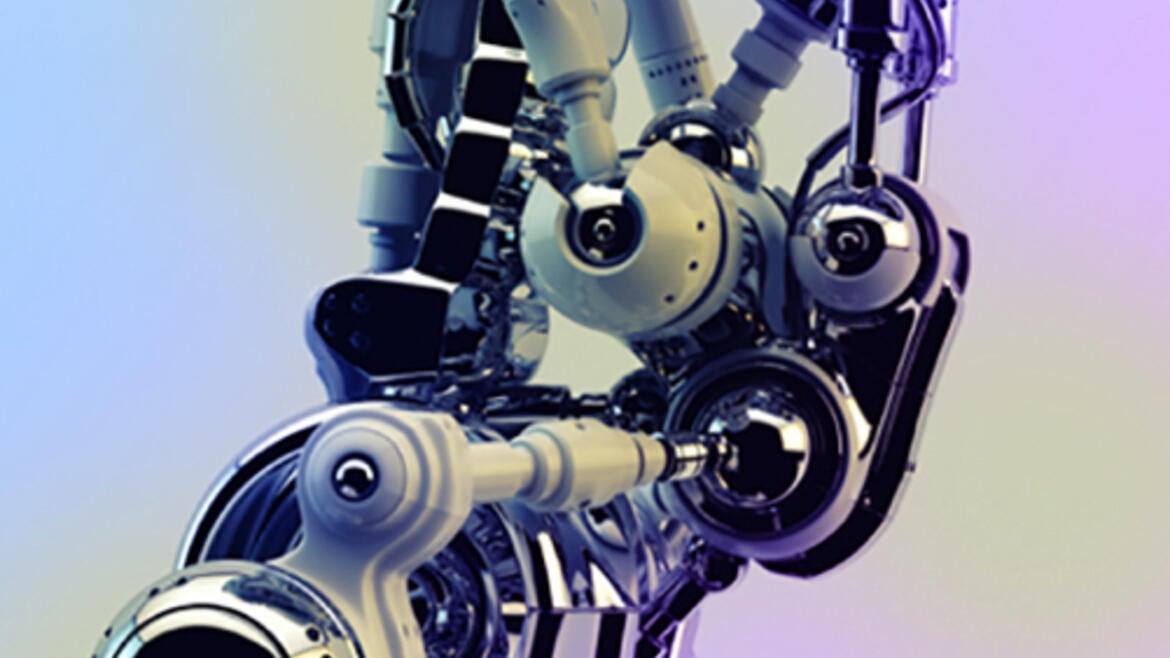Colloquium: Juan Muñoz-Saldaña

“Domains and domain switching in ferroelectric-ferroelastic ceramics”
Dr. Juan Muñoz-Saldaña
Centro de Investigación y de Estudios Avanzados del I.P.N., México
For dynamic applications, the mechanical and fracture behavior of ferroelectric ceramics depends critically on the configuration of domains either for structural reliability or seeking toughening from ferroelastic switching. It has been established that 90° configurations of domain and domain walls critically affects various ferroelectric properties. Efforts have been devoted in this research group to understand the switching phenomena under mechanical loading. In this contribution results and discussion related to stress induced movement of ferroelastic domain walls on ideally oriented BaTi03 single crystals evaluated by piezoresponse force microscopy are presented. Mechanical loading was either caused by in-situ compressive unidirectional mechanical tests or by contact mechanic experiments (using blunt and sharp indenters). Domain switching induced by compressive stress was characterized by AFM from surface profiles. Results showed that switching is initiated at the sample surface followed by the forward- and lateral-domain growth both perpendicular and parallel to the direction of induced stress. The mechanism of domain wall movement was elucidated to be driven by the compensation of the surface charges arising from arrays of 90°-ac domains irrespective of the mechanical test. Nanoindentations on a C--domain at different positions relative to the ac and ca-domain boundaries in the BaTiO3 giant grain, showed a minimum in hardness and elastic modulus (3.2 GPa and 136.6 GPa respectively) at 2.83 mm to the 90o-ca domain wall and a maximum (7.4 GPa and 196.5 GPa respectively) at 3.03 mm to 90°-ac domain wall. A similar gradient with opposite slope from the side of the a-domain was observed. Thus, the 90°-ac wall is in this case the determining factor, since it is energetically unfavorably at the surface (excess of negative charges due to (-Po,0,0) and (0,0,-Po)) leading to permanent domain switching conditions during the nanoindentation test. Finite element simulation using 3D representations of the tips was carried out to determine the stress and strain fields around indentation imprints. This information is crucial to explain possible interactions with domain walls affecting the total plastic deformation of the material. These results clearly show that the contribution to plasticity of switching is more suitable as soon as the strain field beneath the indentation imprint reach the “unstable” domain boundaries. Thus, the concept of mechanical properties associated to single domains measured by nanoindentation is wrong, and is more likely associated to the type of domain boundaries in 90°-ac arrangements of domains.
Prof. Muñoz-Saldaña earned his Dr. Ing. degree in Materials Science and Engineering in 2001 from the Institute of Advanced Ceramics at the Hamburg University of Technology, where he remained as a full-time researcher until 2003. He then joined the the faculty of the Centro de Investigación y de Estudios Avanzados del Instituto Politécnico Nacional (CINVESTAV) in Querétaro, Mexico.
Prof. Muñoz-Saldaña’s research areas include the processing and characterization of advanced ceramic thin films and bulk, the development of surface characterization techniques by atomic force microscopy, and the characterization of mechanical properties by nanoindentation. To date he has published one book and 50 peer-reviewed journal articles with over 380 citations, and has advised 26 graduate students. Dr. Muñoz-Saldaña is also a member of the Academia Mexicana de Ciencias and the Sociedad Mexicana de Ciencia de Superficies y de Vacío.